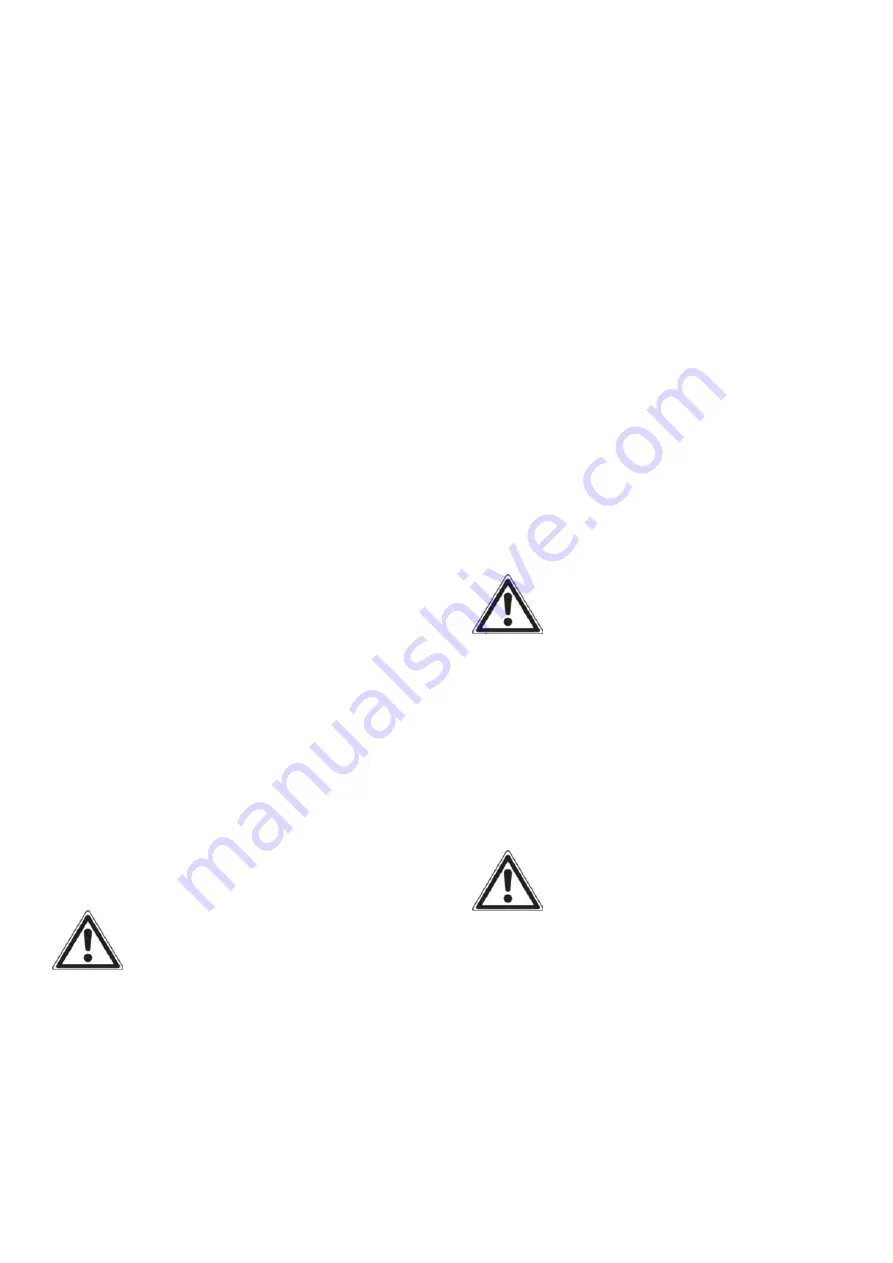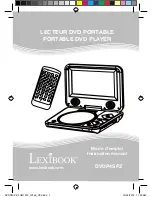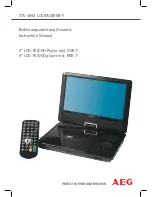
20
1.
Place the generator on a level
surface.
2. Open access panel. Clean around oil
fill hole. Remove dipstick and wipe the
dipstick with a clean rag. Insert the
dipstick into the oil fill opening
without screwing in. Remove the
dipstick to check the oil mark. Add
recommended oil if the oil mark
covers less than specified level.
3. Slowly add more oil until the oil mark
reaches to the top of dipstick. Do not
over fill the crankcase.
4. Tighten dipstick firmly, then reinstall
small panel before starting the engine.
5. Check generator for oil leakage.
The point where abnormality was
recognized by use.
6. Check operation. If necessary, add
recommended oil to specified level.
7. If necessary, consult our company
authorized dealer.
Step 2 - CHECK THE FUEL
LEVEL
Before starting the generator, check to
see that there is sufficient gasoline in
the fuel tank. Add additional gasoline
as necessary but leave sufficient room
in tank for expansion.
WARNING
: This generator
may emit highly flammable and
explosive gasoline vapors, which can
cause severe bums or even death if
ignited. A nearby open flame can lead
to explosion even if not direcdy in
contact with fuel.
Do not operate near open flame.
Do not smoke near generator.
Always operate on a firm, level
surface.
Always turn generator off before
refueling. Allow generator to cool for
at least 2 minutes before removing
fuel cap. Loosen cap slowly to relieve
pressure in tank.
Do not overfill fuel tank. Gasoline may
expand during operation. Do not fill to
the top of the tank. Allow for
expansion.
Always check for spilled fuel before
operating. Clean up any spilled fuel
before starting.
Empty fuel tank before storing or
transporting the generator.
Before transporting, turn fuel
the air
vent knob
to
OFF
position.
IMPORTANT
:
Use only
UNLEADED
gasoline.
Do not use old gasoline.
Never use an oil / gasoline mixture.
Avoid getting dirt or water into the
fuel tank.
Step 3 - GROUND THE
GENERATOR
WARNING:
Failure to
properly ground the generator can
result in electrocution.
Ground the generator by tightening the
grounding nut on the front control panel
against a grounding wire. A generally
acceptable grounding wire is a No. 12
AWG (American Wire Gauge) stranded
copper wire. This grounding wire should
be connected at the other end to a
copper, brass, or steel-grounding rod
that is driven into the earth. Wire and
Summary of Contents for A112004
Page 39: ...39 WIRING DIAGRAM...
















































